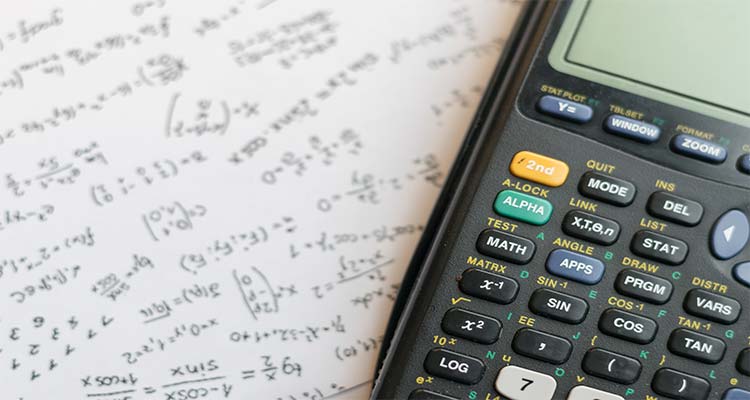Tips for the math section of the SAT By Unigo
Preparing for the math section of the SAT can be both challenging and rewarding. While it may seem daunting at first, with the right approach and strategies, you can tackle this section with confidence. In this article, we’ll provide you with four quick tips to help you excel in the math section of the SAT. From embracing your own abilities to mastering the student-produced response section, these tips will guide you towards success. So, let’s dive in and discover how you can conquer the math section!
Tip 1: Embrace Your Own Abilities
When it comes to the math section of the SAT, relying solely on a calculator won’t guarantee success. The beauty of this test lies in challenging your own skills and knowledge. The content covered is relatively straightforward, focusing on algebra and geometry. Surprisingly, you could tackle the test without a calculator if you have a solid grasp of these concepts. However, it’s always wise to have a simple calculator on hand, even a stripped-down four-function one, to double-check your basic calculations. Remember, a small arithmetic error could cost you the correct answer!
Tip 2: Simple, Yet Not Always Easy
While the math content itself may seem simple, don’t confuse simplicity with ease. Yes, the numbers involved in the SAT math questions will be manageable, and you won’t encounter overly complex calculations. However, the challenge lies in the unique ways the test makers present the information. They expect you to synthesize knowledge from multiple areas simultaneously. For instance, you might encounter a problem that combines concepts of special right triangles and circumference. Be prepared for such integrated questions and practice connecting different mathematical ideas.
Tip 3: Write it Out, Don’t Be Afraid
Don’t hesitate to write out your work in your test booklet. Utilizing this space can help you avoid silly mistakes and improve your accuracy. Attempting to solve everything mentally increases the chances of making errors. This is especially crucial since the SAT does not provide partial credit. Take a moment to work through the problem on paper, ensuring you obtain the correct numbers. Writing out your steps can also be beneficial when you find yourself stuck on a particular question. Jot down all the information provided, and you may discover a clue or realize something you missed along the way.
Tip 4: Master the Student-Produced Response Section
To excel in the math section, it’s essential to practice the Student-Produced Response (grid-in) questions. Familiarize yourself with correctly gridding in decimals and fractions. Imagine getting the correct answer but making a grid error on your answer sheet—definitely a situation to avoid. The College Board’s official website offers practice opportunities for this section. Take advantage of these resources to sharpen your grid-in skills and ensure accuracy.
Conclusion
With these four tips in mind, you’re well-equipped to tackle the math section of the SAT. Remember, it’s about embracing your abilities, understanding the unique nature of the questions, utilizing your test booklet effectively, and mastering the student-produced response section. By preparing diligently and employing these strategies, you’ll be on your way to achieving success on the SAT math section. Good luck!
